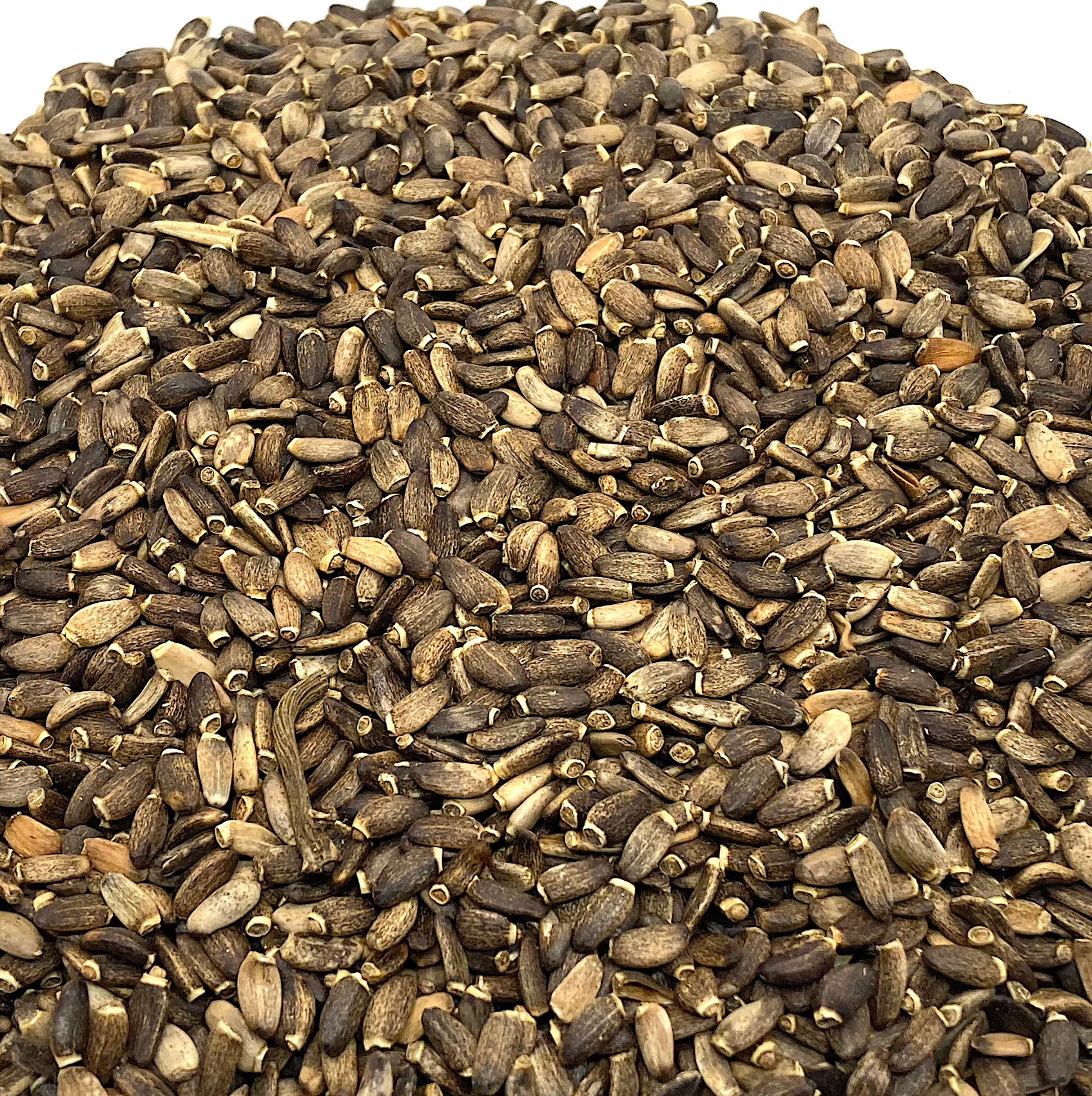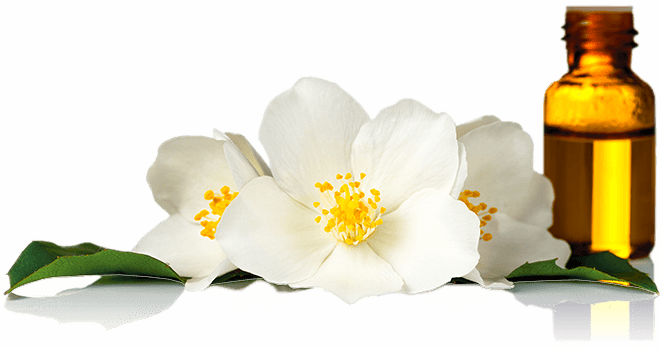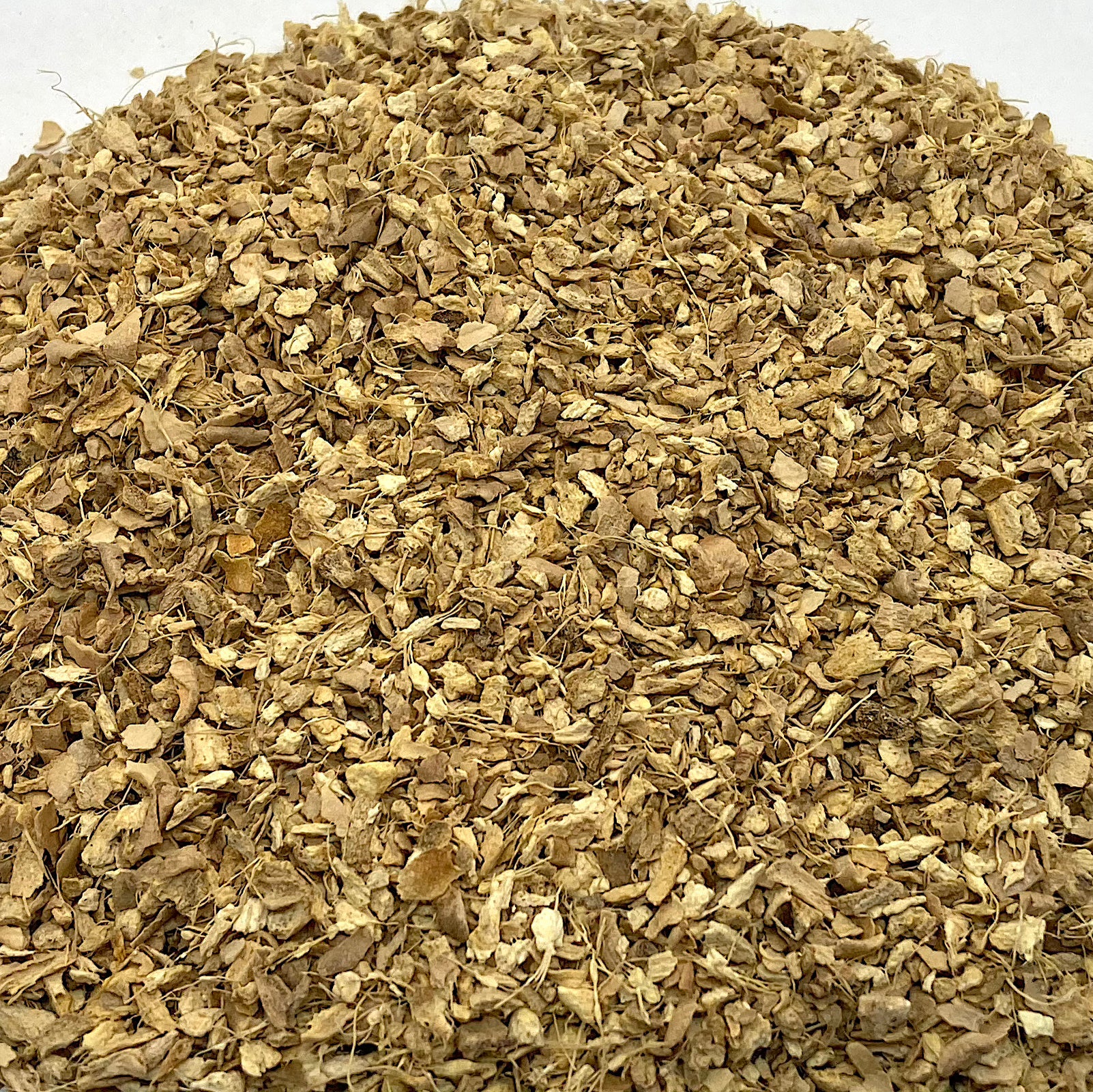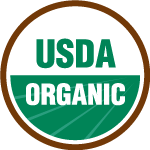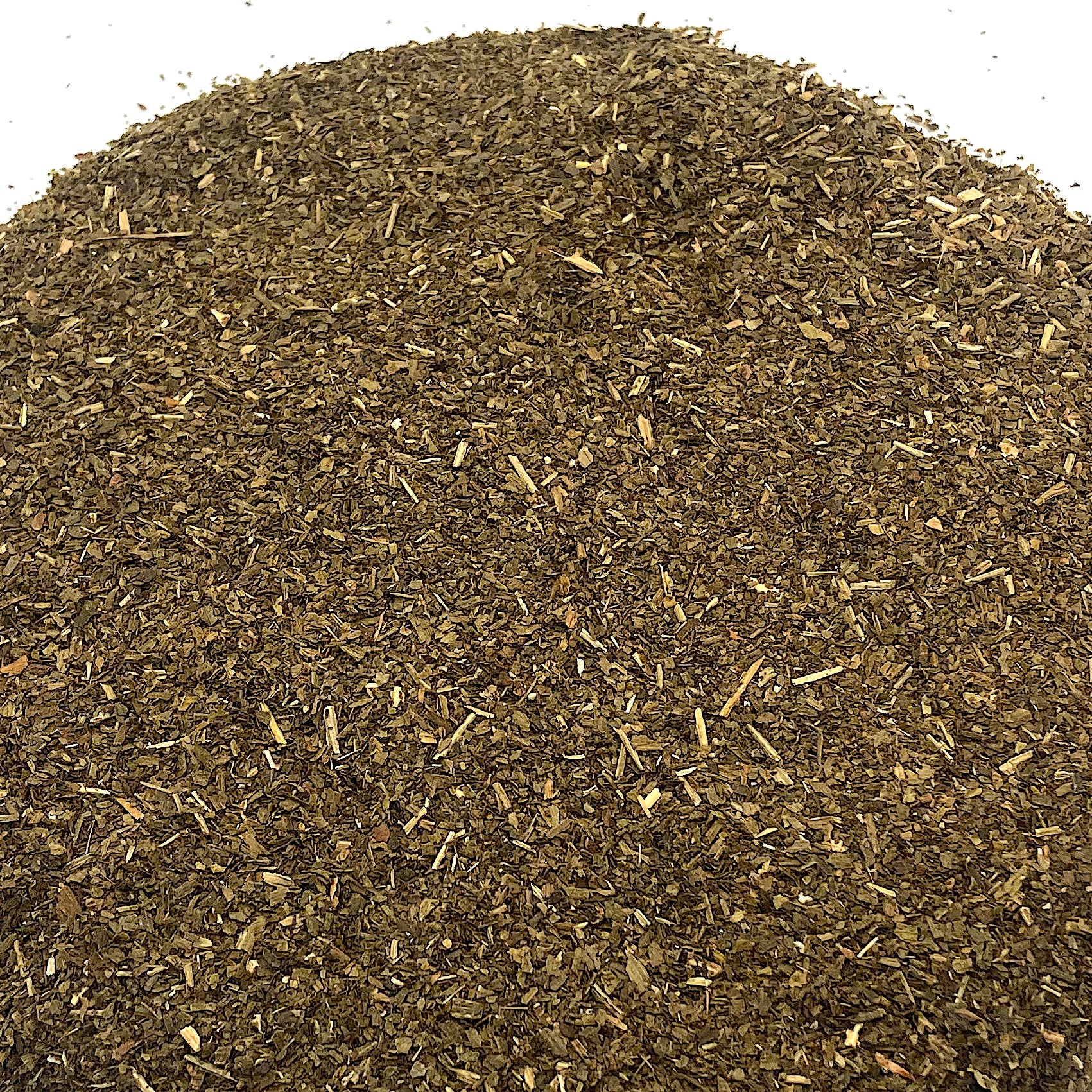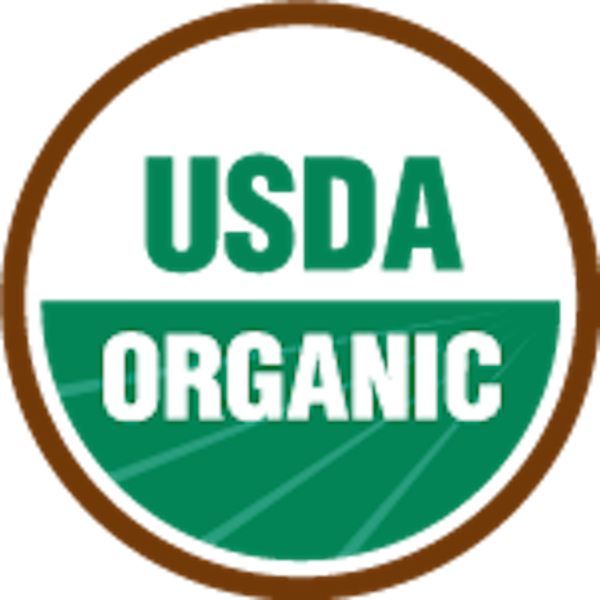Description
ALBANIA. Milk Thistle (Silybum marianum) Seed, Whole, Certified Organic
Common names: Marian Thistle, Scotch Thistle, Cardus Marianus, Blessed Milk Thistle, Cardo Blanco, Cardo de Burro, Chardonmarie, Shui Fei Ji, Lactuca Scariola, Prickly Lettuce, Dugadh Rom, Vanya Kahu
Family: Asteraceae
Milk Thistle is a spiny annual or biennial plant, bearing showy purple flowers similar to the Artichoke, that apparently originated in southern Eurasia (some say in southeast England, others in Crete), and can now be found in temperate zones throughout the world. It grows approximately 1 to 6 feet high, typically in disturbed areas, and is commercially cultivated in Europe, China, and South America.
Milk Thistle has been esteemed by herbalists for centuries, and was praised by the Greek physician Dioscorides nearly 2,000 years ago. Its common name reflects its venerable use as a galactagogue, stimulating milk production in nursing mothers. Other traditional roles for the plant have featured its demulcent action for relieving colds and pleurisy, as well as claims for curing malaria, rabies, and the plague.
Undoubtedly, the most notable part of the Milk Thistle story, ancient and modern, is its protective effects on the liver and gall bladder. It appears to restore liver cells damaged by alcohol, drugs, poisonous mushrooms, and many other toxins, and may be helpful in cases of cirrhosis and hepatitis, as well as certain skin conditions such as psoriasis which are often linked to liver toxicity. In the classical humoral approaches to healing, liver toxicity was also believed to cause depression, and Gerard wrote in the 16th century that “this is the best remedy that grows against all melancholy diseases.”
*These statements have not been evaluated by the FDA. These products are not intended to diagnose, treat, cure or prevent any disease.

